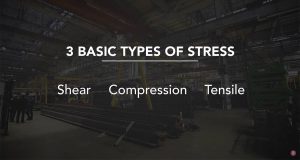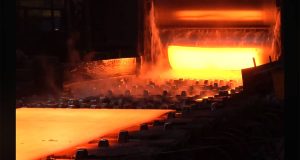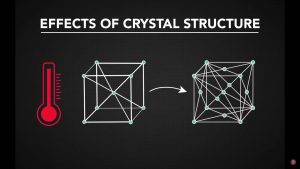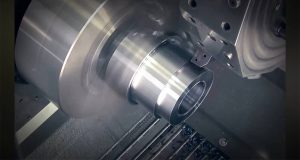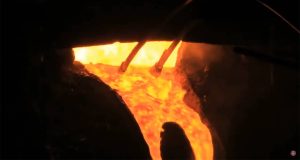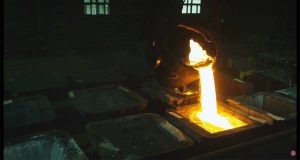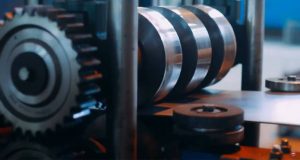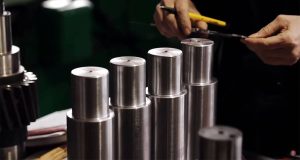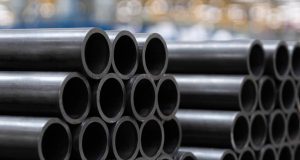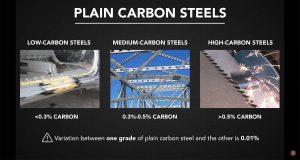Why Strength Types Matter in Material Selection
Choosing the right metal for industrial work depends on how it handles different types of stress. Shear strength and tensile strength describe how well a material resists sliding forces or pulling forces. These values influence performance in fabrication, fastening, welding, load-bearing parts, and rotating equipment. Understanding these differences helps prevent part failure and improves long-term reliability.
Key Differences Between Shear and Tensile Strength
• Type of force applied
• Direction of the load
• How the metal stretches or shifts
• Failure pattern
• Testing method
• Best application type
• Behavior under twisting or rotation
• Performance under real working conditions
What Tensile Strength Measures
Tensile strength refers to the ability of a material to resist being pulled apart. During testing, the sample is stretched from both ends until it breaks. As the load increases, the sample becomes longer and thinner, a change known as necking. Metals with strong tensile performance are used for rods, shafts, structural pieces, welded components, and cables.
How Shear Strength Works
Shear strength describes how well a material withstands forces that push layers of the metal against each other. Instead of being pulled, the metal is stressed parallel to its surface. Torsion testing adds rotation to this kind of load. Metals with solid shear resistance are suited for bolts, rivets, pins, rotating drive parts, and any component exposed to sideways or twisting motion.
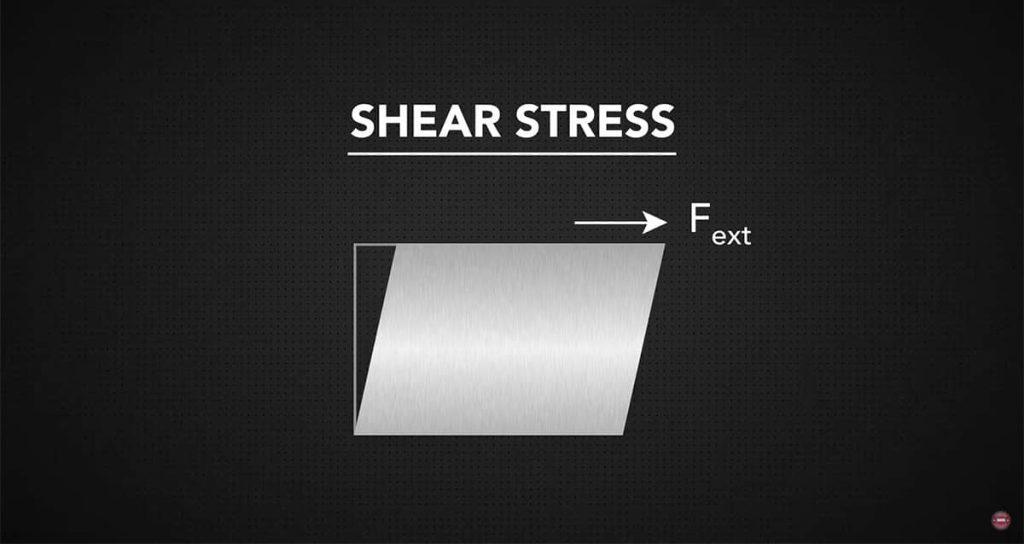
Shear Strength vs. Tensile Strength Comparison
| Feature or Behavior | Tensile Strength | Shear Strength |
|---|---|---|
| Resistance Type | Pulling force | Sliding or twisting force |
| Testing Method | Pulled until fracture | Twisted or offset until shear break |
| Failure Mode | Necking and fracture | Shear-plane separation |
| Material Use | Stretch-resistant parts | Fasteners and rotational parts |
| Load Direction | Along the length | Parallel to the surface |
| Common Uses | Shafts, rods, structural pieces | Bolts, pins, welds, rivets |
| Correlation | Often increases with carbon content | Often proportional to tensile strength |
Why Stress and Strain Matter in Strength Testing
Stress is the force applied to a material, measured in psi or MPa. Strain is the physical change that happens when the material reacts to that load. Testing equipment tracks how a sample stretches, compresses, or shears under stress. These results form a stress-strain curve, which helps manufacturers understand safe working limits for different metals.

Test Your Knowledge: Take the “Types of Strength” Quiz
If you’d like to see how well you understand tensile strength, shear strength, and how different stress types affect metal performance, our interactive quiz on SawbladeUniversity.com is a great next step. It’s a quick way to check what you’ve learned, reinforce key concepts, and sharpen your understanding of how materials behave under load. Head over to the “Types of Strength” quiz and put your skills to the test.
Signs You Should Focus on Tensile Strength
• Parts must handle pulling forces
• Components experience straight-line loads
• Predictable stretch behavior is needed
• The design involves welded or tension-loaded members
• Rods or shafts must resist ongoing tension
When Shear Strength Is More Important
Shear strength becomes the priority when components face sideways pressure, twisting, or sliding loads. These conditions are common in rotating assemblies and mechanical fasteners.
Applications That Rely on High Shear Strength
• Bolts used in structural joints
• Pins and rivets
• Welded seams under offset load
• Shafts exposed to torsion
• Drive parts that rotate under load
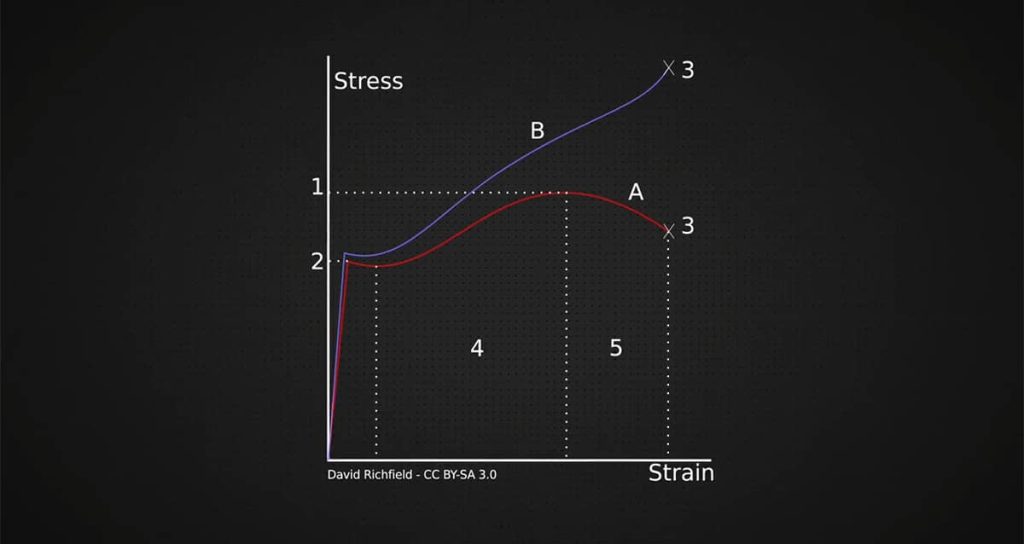
Explore More: Alloy vs. Plain Carbon Steel
If you’re comparing metal types for fabrication, machining, or equipment parts, you may find it helpful to read our in-depth breakdown on alloy steel and plain carbon steel. The article explains how each material responds to load, wear, heat treatment, and industrial demands so you can match the right steel to your project. Check it out to better understand which option delivers the performance, strength, and reliability your application needs.
How Manufacturers Test Strength
Testing machines apply controlled stretching, twisting, bending, or indentation to find a material’s limits. These tests identify the exact point where the metal yields, deforms, and breaks. Engineers use this information to select metals that match the performance needs of each component, improving safety and reliability.
Tensile strength and shear strength each describe how a material handles different types of force. Tensile strength measures resistance to pulling, while shear strength measures resistance to sliding and twisting. Fasteners, rotating parts, and joints rely on strong shear values. Structural pieces and tension-loaded parts depend on tensile strength. Knowing the difference helps ensure better material choices for industrial work.

